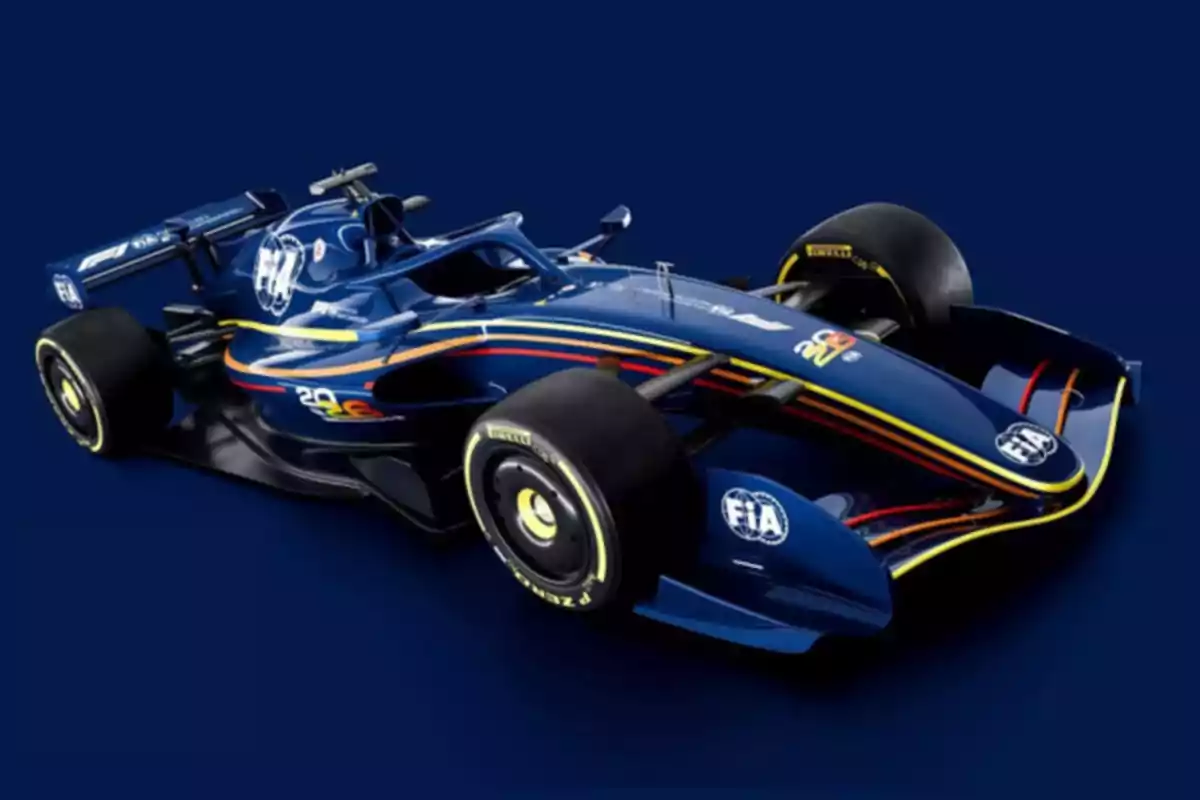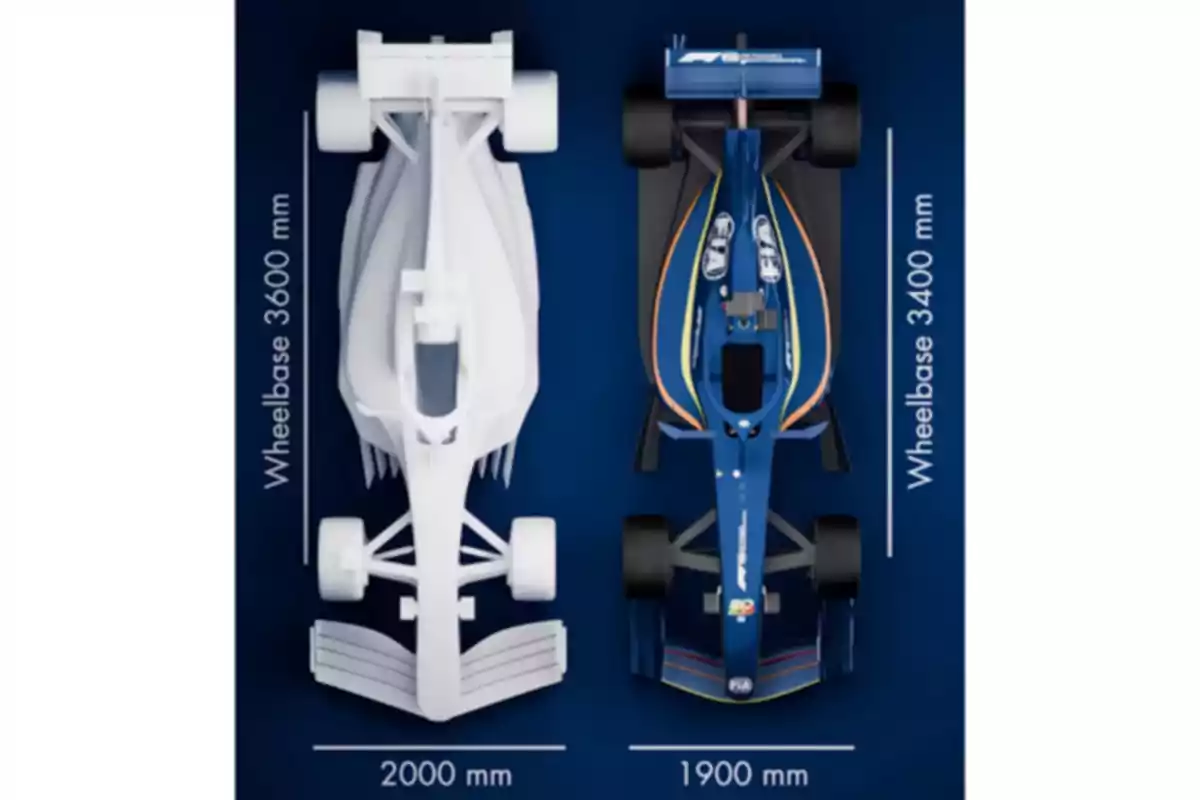
Formula 1: controversy grows over the regulation change for the next season
The changes in the minimum weight will result in many changes in the components of the single-seaters
The revolution that the new Formula 1 cars for 2026 will bring continues to generate controversy, this time due to the minimum weight that future single-seaters must meet. The vehicles, which will become more compact, with less aerodynamic load, smaller tires, and synthetic fuels to reduce environmental impact, face a significant technical challenge.
The new regulations set a minimum weight of 768 kilograms (1,693 pounds), 32 less than the current 800 (1,764 pounds), which represents a considerable challenge in technical and financial terms. This requirement could become a decisive factor in each team's performance on the track.
The weight reduction is accompanied by a modification in the dimensions of the cars. The maximum wheelbase will decrease by 200 millimeters, to 3,400, and the width will go from 2,000 to 1,900 millimeters. Added to this is Pirelli's introduction of narrower tires, aiming to help reduce weight.

However, the increasing reliance on electric energy in the 2026 hybrid engines will involve the use of heavier batteries, further complicating the FIA's requirements. It should be noted that in F1, every additional 10 kilos (22 pounds) can represent up to 0.3 seconds per lap, a huge difference in competitive terms.
The teams' criticisms
In this regard, Christian Horner, Red Bull's team principal, expressed his concern in a conversation with Motorsport. "They pulled a number for the car's weight out of thin air", suggesting that the figure was imposed without sufficient technical support in the development process.

"We have engines that are significantly heavier and a car weight that has become lower, so it will be a huge challenge for all teams to achieve it. Saving weight costs a colossal amount of money", he added.
He also mentioned that the incorporation of steel skids had been proposed, which could justify a five-kilo increase in the minimum, but he accepted that everyone is on equal terms and will have to adapt. "It will be a great challenge for all teams to reach the minimum weight", he concluded.
Meanwhile, Mercedes, Toto Wolff supported the FIA's decision despite the difficulties. "The reason we're doing it is to make the cars more agile", he explained, emphasizing that this change aims to improve the spectacle.

Other figures also expressed their views. David Sánchez, from Alpine, described the weight limit as "very aggressive" and Ayao Komatsu, from Haas, considered it a "performance differentiator" with a development cost that is too high.
Meanwhile, Paul Monaghan, Red Bull's chief engineer, admitted: "It's a huge challenge to get this car down to the weight limit for 2026, yes". According to him, the design decisions made in the coming months will be crucial, and the homologation tests are now much more demanding, which also adds weight.
"The chassis lamination might save us a bit here and there, but everything will be on wheels. You can achieve a 5% weight reduction on each component, if you want. Bluntly put, it's a 5% on the car. Suddenly, 5% is a big number, isn't it? It's going to be costly engineering to achieve the same weight. So we'll try. We'll try, yes", Monaghan concluded.

The FIA justifies the weight reduction as part of its strategy to achieve more agile cars and more entertaining races. Additionally, the measure responds to the sustainability and efficiency goals that the category seeks to consolidate for the future. Even so, the combination of heavier batteries and stricter limits will force teams to innovate and invest heavily to comply with the regulations.
More posts: